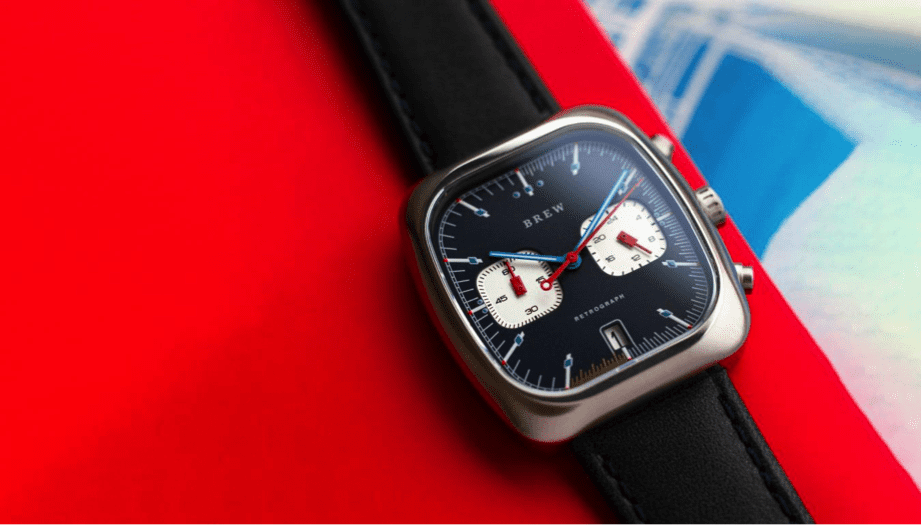MICRO MONDAYS: Three things collectors still get wrong about microbrands
Ricardo SimeI remember a time when many within the watch community spoke of microbrands like they were some passing phase – an unfortunate result of someone with too much time on their hands and not enough sense. To these pundits, the watches that microbrands were offering would always be lesser-than anything a major, established brand could bring to the table.
Fast forward a few years and somehow, amongst all the noise, many of theses microbrands have managed to carve a nice, sustainable piece of pie for themselves and have become well established brands in their own right. Yet, even with this success and growth, certain things haven’t changed. Like how everyday, whether through social media or in person, I still meet people who continue to downplay the role that microbrands play in the horological domain. And when they do, it’s usually through one of three ways: pricing, design or manufacturing.
Well, I’ve got some time on my hands, so here is why they are absolutely wrong.
Pricing

You know the saying “you get what you paid for”? I’ve heard it time and time again used in reference to microbrands. Here’s the crazy thing, I actually agree with this statement. But not in the way one might think.
You do get what you paid for, especially when a microbrand owner is creating a watch and selling it to you at ridiculously low margins.
I know, shocker. I’m actually standing here saying that microbrands don’t charge enough. In the vast market of microbrands, many of the ones you’ll run into are underpriced. In that race to grab your attention, and your dollars, many of them will sell their creation at a low price. Initially, this may seem like a great thing for a consumer, however, for a microbrand to really last, pricing needs to be more realistic. These margins have to be built in, so should any issues arise, that microbrand can react quickly, instead of being constantly strapped for cash. This is why when someone tells me that a microbrand costs too much, I insist on how that isn’t necessarily a bad thing.
Design
Homage. Copy. Ripoff.
These are the words so-called pundits use more often than not to paint a broad stroke on all microbrands. This tends to be immediately followed up by “Why buy this when you can get the REAL thing?”

The issue I have here is that actually, many microbrands present truly unique designs. I can hand someone a Brew or an Arken watch and they’d be hard pressed to show me what that design copied. Yes, there may be some similar design elements here and there but honestly, if major brands can do the same without incurring the wrath of the church of authenticity, why can’t a microbrand do it? Especially when it’s accompanied by something unique.
Manufacturing
If pricing and design don’t convince you, these pundits go with their ace in the hole; that all to familiar “most of these watches are made in China”. Ignoring the subtle snobbish undertones of such a statement, this somehow tries to wed sub-standard quality with Chinese production. If such a statement were true, society would be crumbling all around us.
In my time dealing with microbrands, the quality of the watch actually ties in directly with the amount of time the brand is willing to devote to the relationship with their manufacturer. Many owners, COVID withstanding, make trips out to these manufacturers to ensure quality standards before anything gets shipped to them. It’s also during these visits where new designs are shared because most good microbrands are constantly working on future models. With many brand owners taking these precautionary measures, know that if you happen to come across a poor quality watch, that relationship is non-existent.
At the end of the day, the best approach for any collector looking to dip their toe into the world of microbrands is to evaluate that brand with these three things in mind. Is the pricing fair, for both myself and the brand? Do I love the design and is it difficult to find any where else? Does the brand mention the relationship between them and their manufacturer? Are customers updated on the manufacturing process? With these things in mind, navigating that world can be a simple and often rewarding process.






